Birds: Books
Further resources, if available, can be found in our full bibliography.
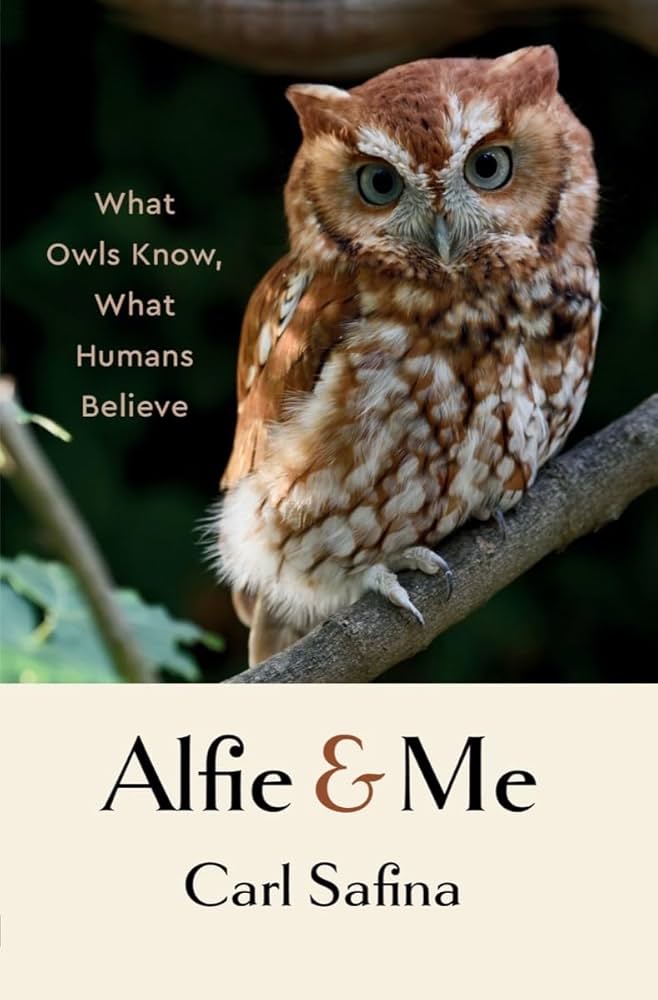
A moving account of raising, then freeing, an orphaned screech owl, whose lasting friendship with the author illuminates humanity’s relationship with the world.
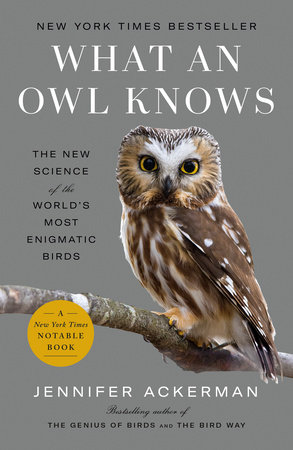
What an Owl Knows: The New Science of the World's Most Enigmatic Birds
Jennifer Ackerman
Penguin Books
2023
What does an owl know? And what do humans really know about owls? Some two-hundred-sixty species of owls exist today, and they reside on every continent except Antarctica. However, they are far more difficult to find and study than other birds because they are cryptic, camouflaged, and mostly active at night. In What an Owl Knows, Jennifer Ackerman joins scientists in the field and explores how researchers are using modern technology and tools to learn how owls communicate, hunt, court, mate, raise their young, and move about from season to season. Ackerman brings this research alive with her own personal field observations.
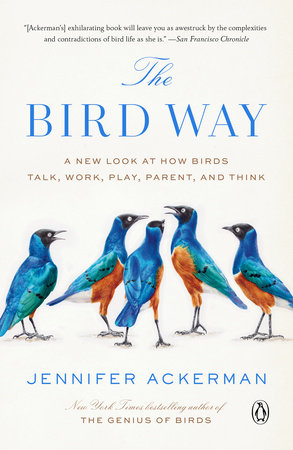
The Bird Way: A New Look at How Birds Talk, Work, Play, Parent, and Think
Jennifer Ackerman
Penguin Books
2020
Jennifer Ackerman, the author of The Genius of Birds, presents a radical investigation into the bird way of being, and the recent scientific research that is dramatically shifting what humans understand about birds—how they live and how they think. Drawing on personal observations, the latest science, and her bird-related travel around the world, from the tropical rainforests of eastern Australia and the remote woodlands of northern Japan, to the rolling hills of lower Austria and the islands of Alaska’s Kachemak Bay, Jennifer Ackerman shows there is clearly no single bird way of being. In every respect, in plumage, form, song, flight, lifestyle, niche, and behavior, birds vary. As E.O Wilson once said, when someone has seen one bird, they have not seen them all.
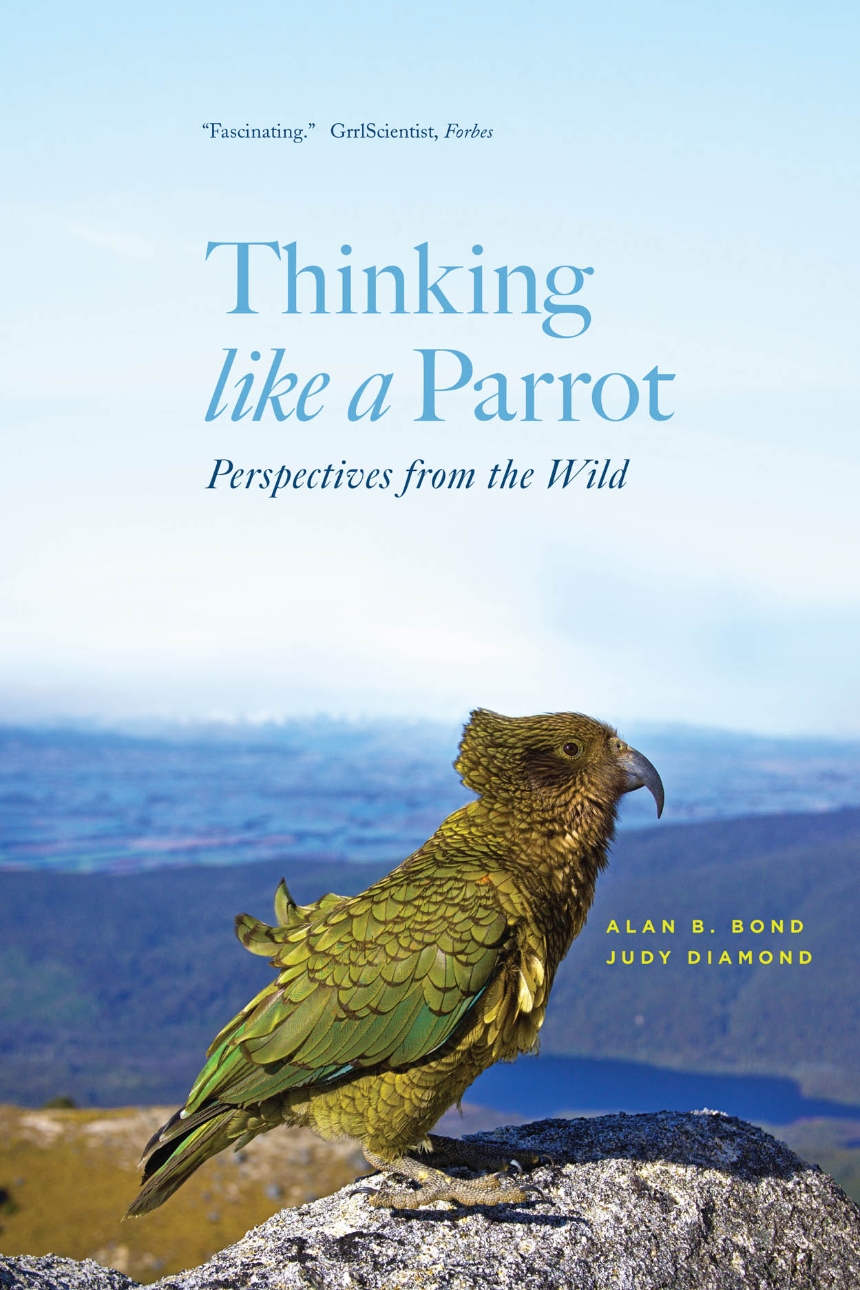
Thinking Like a Parrot: Perspectives from the Wild
Alan B. Bond, Judy Diamond
University of Chicago Press
2019
In Thinking Like a Parrot, two experts on wild parrot cognition, Bond and Diamond, focus on the psychology and ecology of wild parrots to document their distinctive social behavior, sophisticated cognition, and extraordinary vocal abilities. Also included are short vignettes—field notes on the natural history and behavior of both rare and widely distributed species, from the neotropical crimson-fronted parakeet to New Zealand’s flightless, ground-dwelling kākāpō. This composite approach makes clear that the behavior of captive parrots is grounded in the birds’ wild ecology and evolution, revealing that parrots’ ability to bond with people is an evolutionary accident, a by-product of the intense sociality and flexible behavior that characterize their lives.
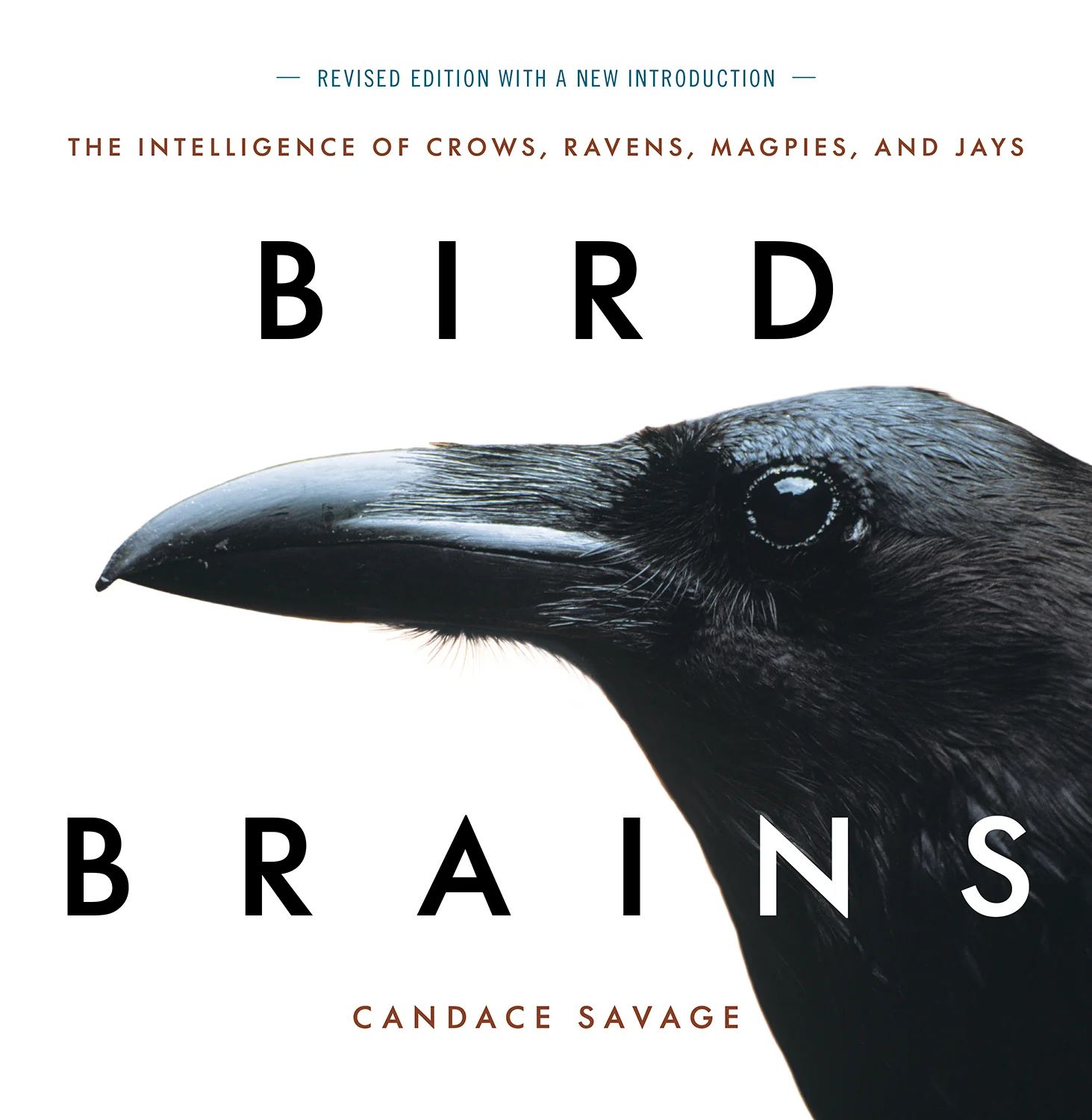
Bird Brains: The Intelligence of Crows, Ravens, Magpies, and Jays
Candace Savage
Greystone Books [Sierra Club Books, 1995]
2018 (Revised edition)
Birds have long been considered the archetypal featherheads, beautiful but dumb. But one group of birds—the corvids, or members of the crow family—appears to have powers of abstraction, memory, creativity, and insight that put them on a par with many mammals, including, in some instances, higher primates. In an original and scrupulously researched text, Candace Savage describes the life and behavior of 16 representative species of corvids that are widely distributed throughout North America and Europe. Drawing on the most recent research, she suggests that the birds may apply their mental powers to such everyday activities as choosing mates, building nests, teaching their young, searching for food, and communicating with each other. In the exciting collection of close-up images, drawn from the work of Erwin and Peggy Bauer, Fred Bruemmer, Tom and Pat Leeson, Leonard Rue III, Jeff Foott, and Antti Leinonen, among other photographers, the birds are often pictured in intimate moments, as they tend their nests, court their partners, assert their dominance, or challenge eagles and other large raptors.
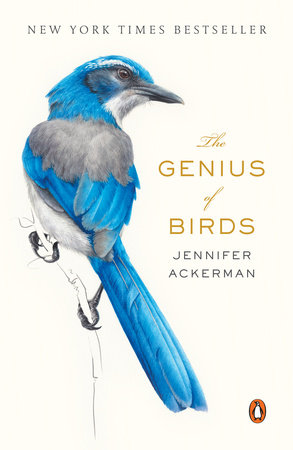
According to revolutionary new research, some birds rival primates and even humans in their remarkable forms of intelligence. In The Genius of Birds, Jennifer Ackerman explores their newly discovered brilliance and how it came about. Ackerman not only tells the story of the recently uncovered genius of birds but also delves deeply into the latest findings about the bird brain itself that are shifting humanity’s view of what it means to be intelligent.
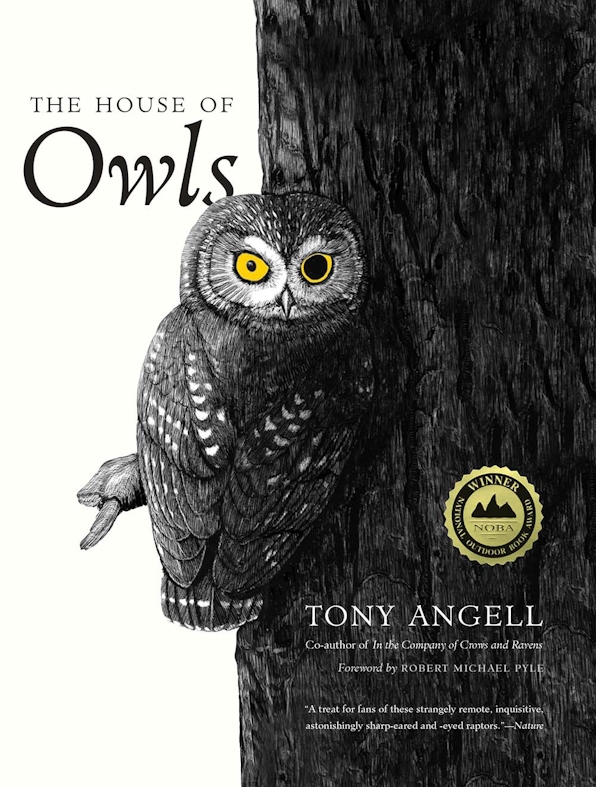
For a quarter century, artist and naturalist Tony Angell and his family shared the experience of closely observing pairs of western screech owls that occupied a nesting box outside their forest home. His observations, recorded in journals and drawings, form the heart of this book. Angell’s extensive illustrations show owls engaged in what owls do—hunting, courting, raising families, and exercising their inquisitive natures—and reveal his immeasurable respect for their secret lives and daunting challenges. Angell discusses the unique characteristics that distinguish owls from other bird species and provides a fascinating overview of the impact owls have had on human culture and thought. He also offers detailed scientific descriptions of the nineteen species of owls found in North America, as well as their close relatives elsewhere.
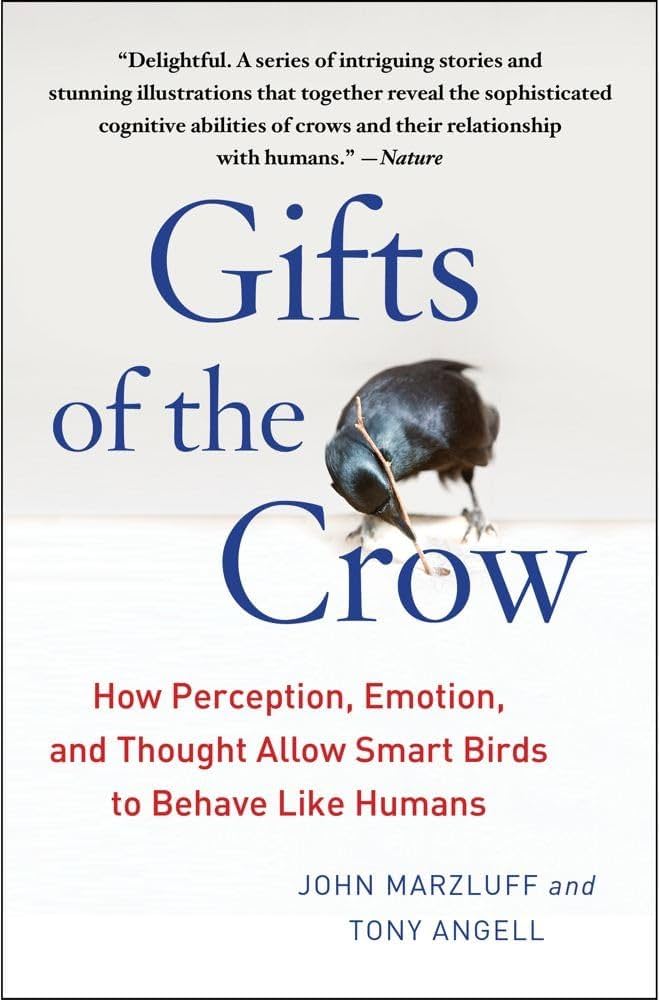
Gifts of the Crow: How Perception, Emotion, and Thought Allow Smart Birds to Behave Like Humans
John Marzluff, Tony Angell
Atria Books
2013
The ongoing connection between humans and crows–a cultural coevolution–has shaped both species for millions of years. Scientist John Marzluff teams up with artist-naturalist Tony Angell to tell stories of these brilliant birds. With Marzluff’s original research on the intelligence and startling abilities of corvids—crows, ravens, and jays—Angell’s line drawings, and a lively joint narrative, the authors offer an in-depth look at these complex creatures and the traits and behaviors humans share. These include language, delinquency, frolic, passion, wrath, risk taking, and awareness. Crows also gather around their dead, warn of impending doom, recognize people, commit murder of other crows, lure animals to their death, swill coffee and drink beer, design and use tools—including cars as nutcrackers—and windsurf and sled to play.
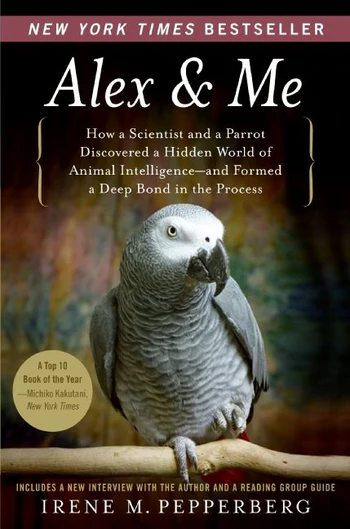
Alex & Me: How a Scientist and a Parrot Discovered a Hidden World of Animal Intelligence-and Formed a Deep Bond in the Process
Irene M. Pepperberg
Harper Perennial
2009
An African Grey parrot, Alex had a brain the size of a shelled walnut, yet he could add, sound out words, understand concepts like bigger, smaller, more, fewer, and none, and he disproved the widely accepted idea that birds possess no potential for language or anything remotely comparable to human intelligence. Alex & Me is the story of an amazing, irascible parrot and his best friend, research scientist Irene Pepperberg, who stayed together through thick and thin for thirty years—the unforgettable story of a landmark scientific achievement and a beautiful relationship.
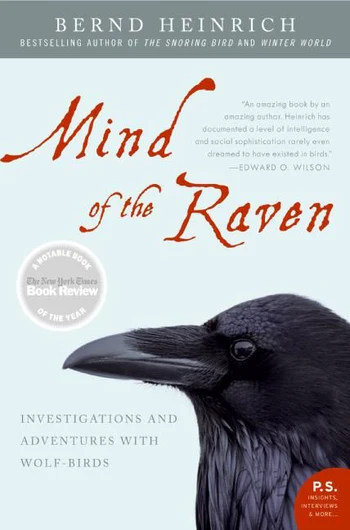
Heinrich involves readers in his quest to get inside the mind of the raven. But as animals can only be spied on by getting quite close, Heinrich adopts ravens, thereby becoming a “raven father,” as well as observing them in their natural habitat. He studies their daily routines, and in the process, paints a vivid picture of the ravens’ world. At the heart of this book are Heinrich’s love and respect for these complex and engaging creatures, and through his keen observation and analysis, readers become their intimates, too. Heinrich’s passion for ravens has led him around the world in his research. Mind of the Raven follows an exotic journey–from New England to Germany, and from Montana to Baffin Island in the high Arctic–offering dazzling accounts of how science works in the field, filtered through the eyes of a passionate observer of nature. Each new discovery and insight into raven behavior is thrilling to read, at once lyrical and scientific.
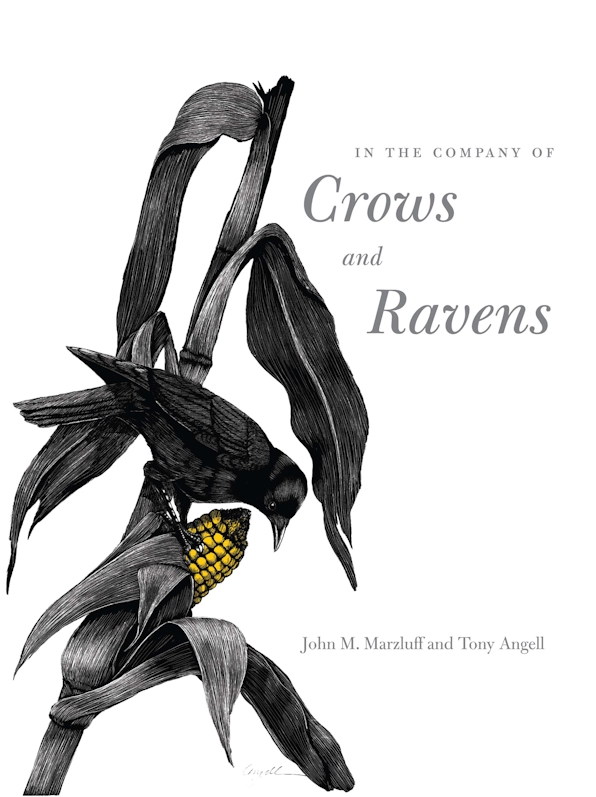
From the cave walls at Lascaux to the last painting by Van Gogh, from the works of Shakespeare to those of Mark Twain, there is clear evidence that crows and ravens influence human culture. Yet this influence is not unidirectional, say the authors of this fascinating book: people profoundly influence crow culture, ecology, and evolution as well. Examining the often surprising ways that crows and humans interact, John Marzluff and Tony Angell contend that those interactions reflect a process of “cultural coevolution.” They offer a challenging new view of the human-crow dynamic—a view that may change how humans think not only about crows but also about themselves. Featuring more than 100 original drawings, the book takes a close look at the influences people have had on the lives of crows throughout history and at the significant ways crows have altered human lives. In the Company of Crows and Ravens illuminates the entwined histories of crows and people and concludes with an intriguing discussion of the crow-human relationship and how human attitudes toward crows may affect their cultural trajectory.
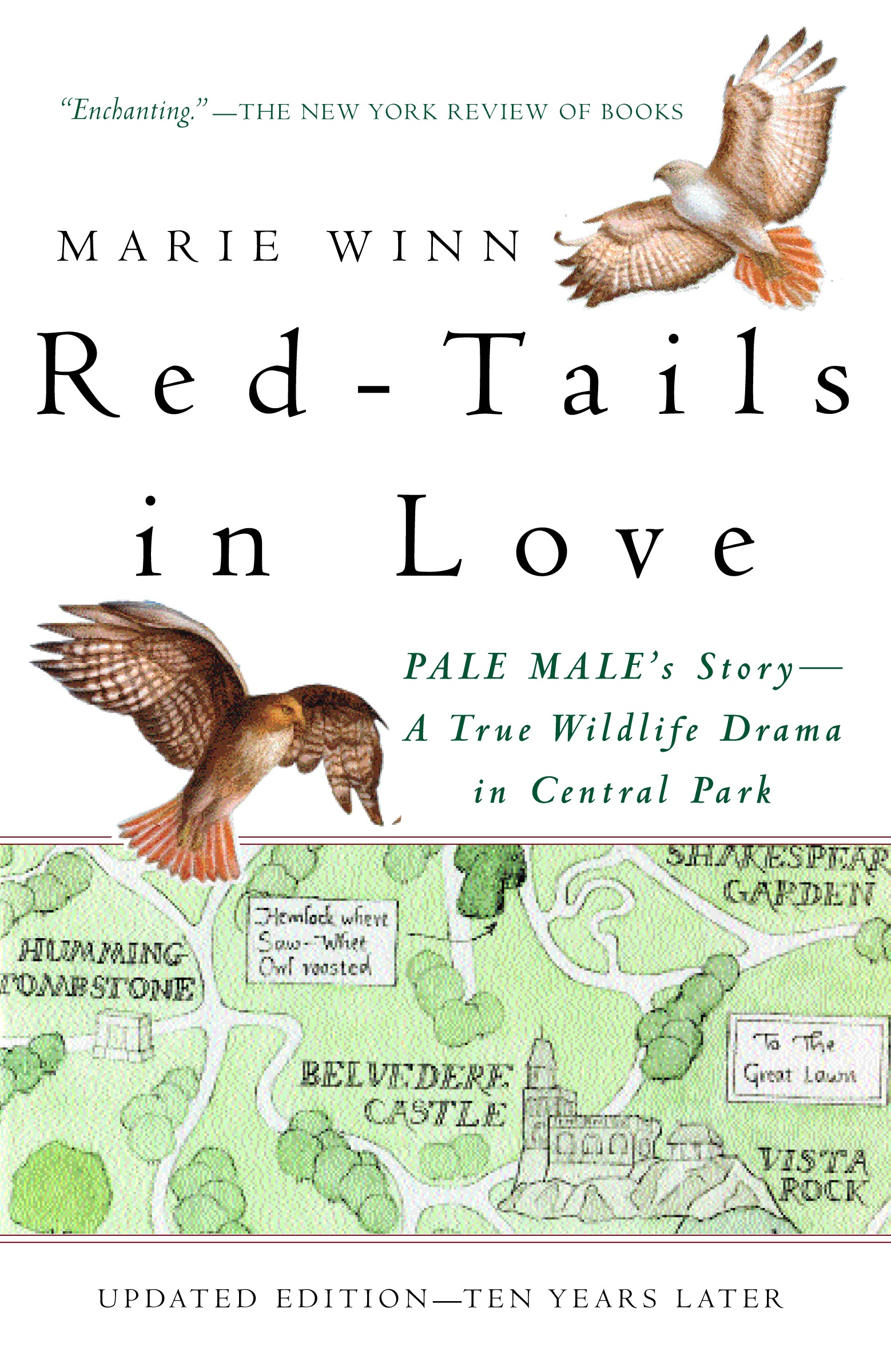
The scene of this enchanting (and true) story is the Ramble, an unknown wilderness deep in the heart of New York’s fabled Central Park. There an odd and amiable band of nature lovers devote themselves to observing and protecting the park’s rich wildlife. When a pair of red-tailed hawks builds a nest atop a Fifth Avenue apartment house across the street from the model-boat pond, Marie Winn and her fellow “Regulars” are soon transformed into obsessed hawkwatchers. The hilarious and occasionally heartbreaking saga of Pale Male and his mate as they struggle to raise a family in their unprecedented nest site, and the affectionate portrait of the humans who fall under their spell will delight and inspire readers for years to come.
Photo Credit: Short-eared owl; Hans Veth/Unsplash